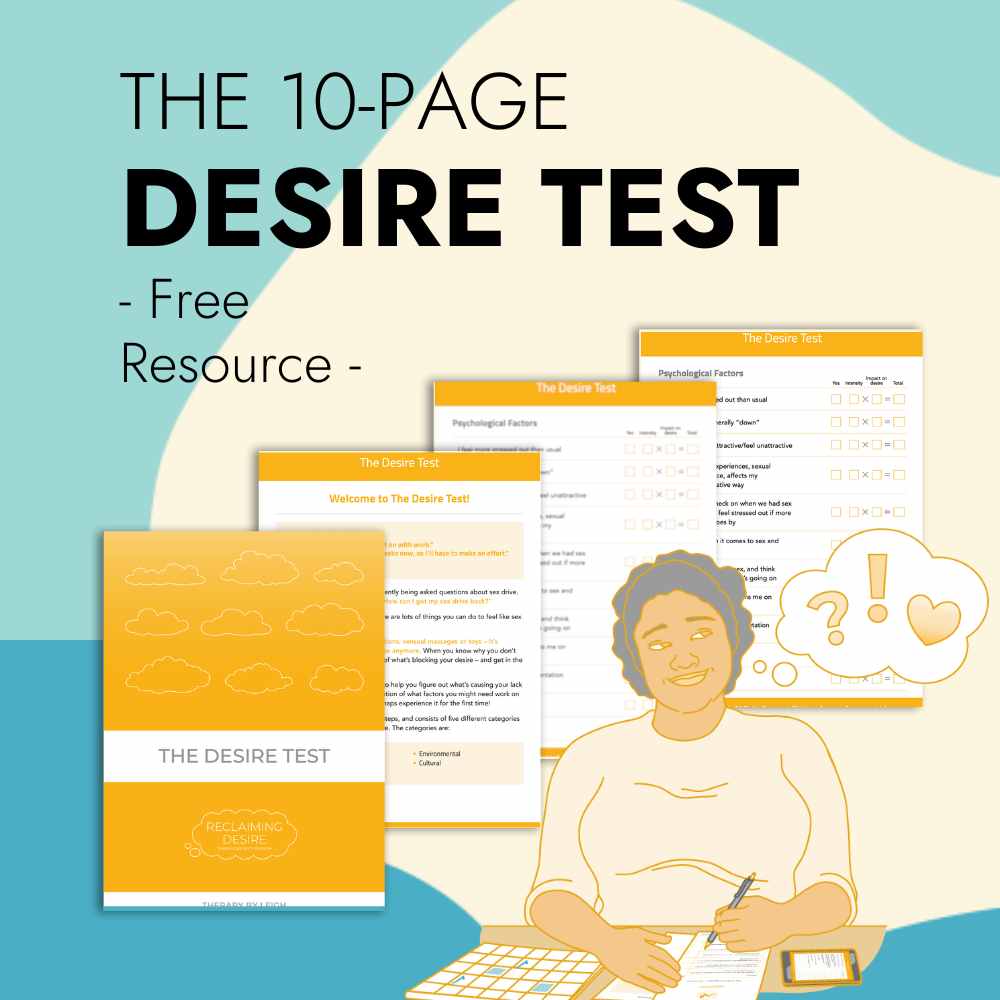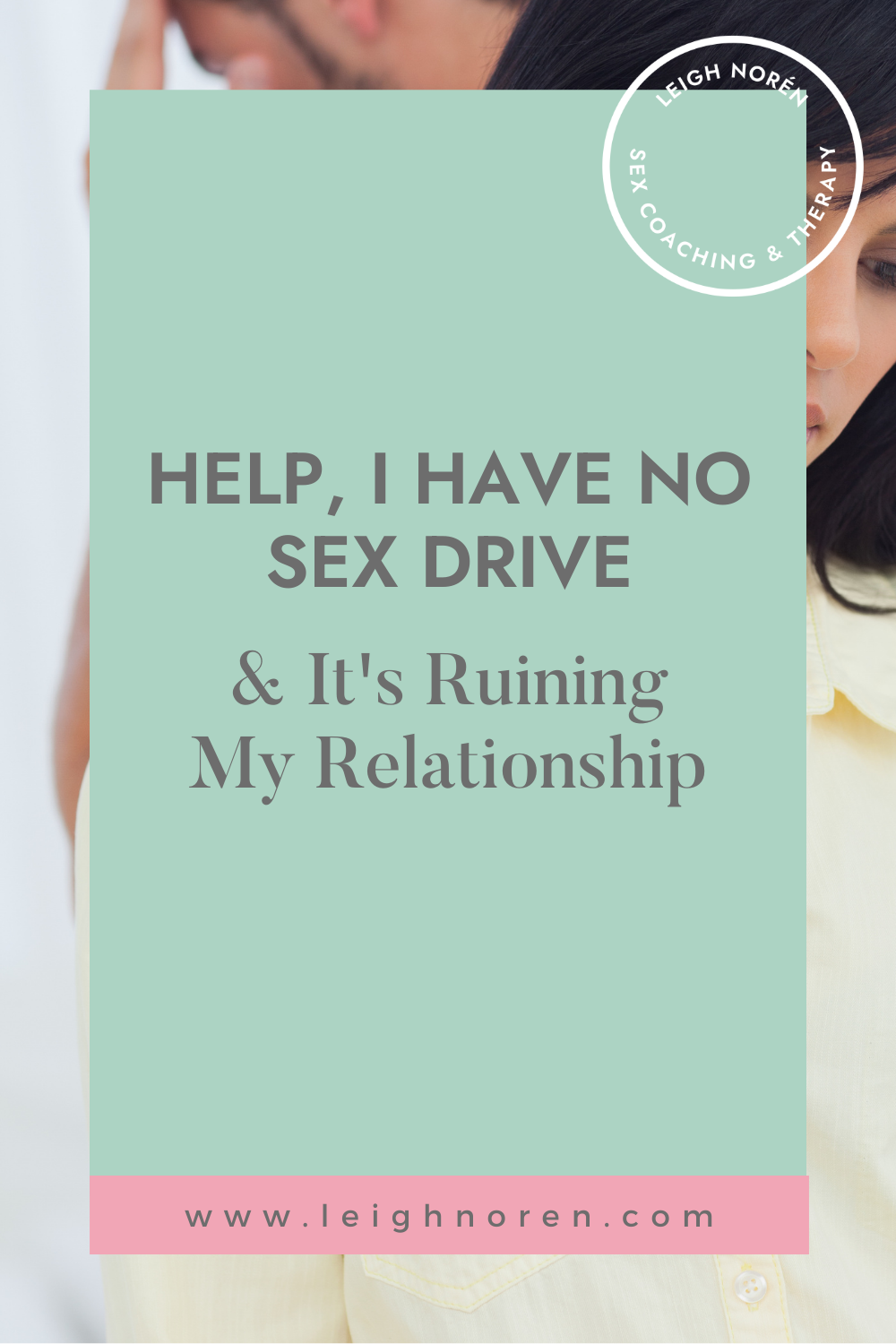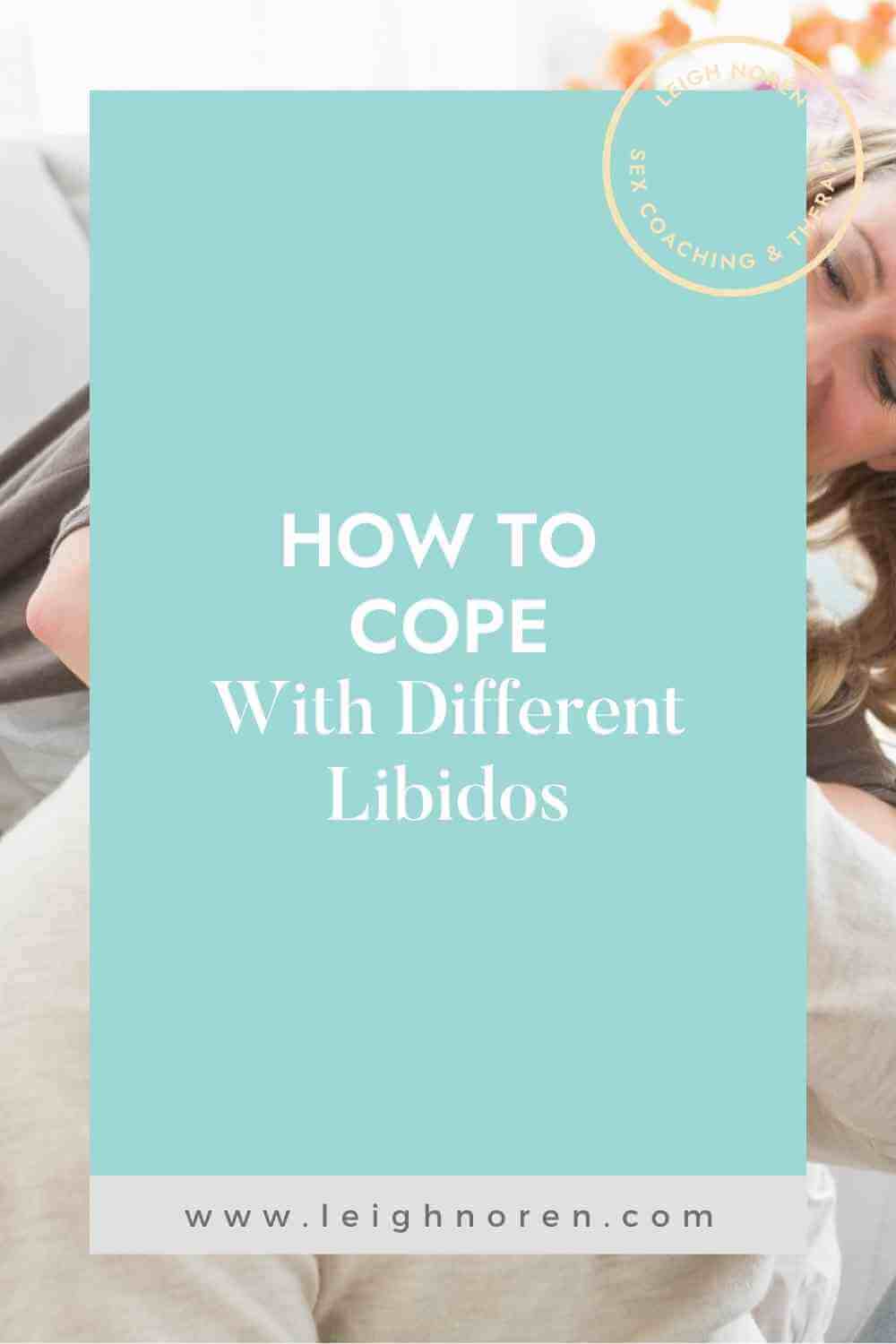Sexual Desire Vs. Sexual Arousal – What’s The Difference?
Sexual desire vs. sexual arousal – believe it or not, they’re two very different concepts, despite the fact that we tend to think of them as the same.
And the difference matters.
As a sex therapist, I know a lot about sex and relationships that most others don’t.
One of these unknown facts, that has recently been given a bit of attention (but that certainly requires more!), is the difference between libido and arousal. Though they often go hand in hand, knowing more about their differences can be beneficial to your sex life.
Sexual Desire Vs. Sexual Arousal
Sexual desire is the mental part, the one we think of as ‘libido’. This means that your libido has to do more with your brain, than your genitals.
Sexual arousal is the physical part – the physical response of lubricating, or getting and sustaining an erection .
We usually think of libido as the driving force behind arousal. That in order for us to physically want sex we need to first feel a mental urge. And for some, this is true!
But for a whole lot of us, this isn’t quite the way it works.
Once you learn what needs to be avoided in a sexual situation, you can start focusing on the aspects that actually give you pleasure and comfort – therefore giving your brain and body more of an incentive to kick start your libido.
This is a concept known as responsive desire, a model and term coined in the 90’s by sex researcher Rosemary Basson.
Despite this finding having existed for quite a few years, a lot of us still don’t know anything about it and regularly assume something is wrong or broken when we don’t feel in the mood for sex spontaneously.
The idea that we should feel the urge to have sex spontaneously isn’t a complete myth (you can read more about desire myths in this blog post on ‘why do couples stop having sex’).. For some, this is how it feels and works. Right in the middle of doing a load of washing or preparing dinner they’re suddenly “in the mood.”
According to Basson this is perhaps more common among men, whereas women in long-term relationships tend to need their body to be in the mood, to get their mojo going.
Generally speaking though, most of us are a bit of a mix of the both, with men leaning slightly more towards spontaneous sexual desire as their desire style, and women more towards responsive sexual desire.
By learning which style you have, you can more easily create situations in which your libido can be ignited.
Arousal Non-concordance
Getting a grip on the sexual desire vs. sexual arousal pair isn’t only important if you want to increase your appetite for sex. It’s also important if you want to understand why you sometimes feel like you’re in the mood, but your genitals aren’t. Or why your body is raring to go but you feel no drive whatsoever.
Arousal non-concordance is a term we sex therapists use to describe this very real and common phenomenon – feeling turned on physically but not mentally, or feeling in the mood up top and not reacting down below.
Sometimes this can indicate an issue, for example you might have no sex drive whatsoever, or experience difficulties getting an erection. But other times this is actually completely normal.
It’s the lack of sex education most of us have received, that makes us think otherwise.
In fact, according to researcher Emily Nagoski, sexual desire and sexual arousal only overlap 10% of the time when it comes to women and those with vulvas/vaginas. For men and people with penises, the number is more like 50%.
So the discrepancy brought to light by the phrase sexual desire vs. sexual arousal is real for many of us. No matter how you interpret the gender differences, it’s still pretty clear that, for most of us, things aren’t working the way we’ve been taught that they should, at least half of the time or more.
This means that just because you’re lubricating or have an erection, it doesn’t necessarily mean your brain thinks sex is a great idea. This is especially important to understand if you’re a survivor of sexual assault.
A lot of times people who have been subjected to sexual trauma feel an extra weight of shame because their body became physiologically aroused during the abuse.
Understanding that this is just a purely physical reaction to our genitals or bodies being touched, can reduce the shame and stigma surrounding this reaction.
For more on this topic and how arousal non-concordance works, see sex researcher Emily Nagoskis TED talk below.
Things That Affect Sexual Desire Negatively
So – now that you know that sexual desire and sexual arousal are two different things that often work independently of each other, you might be curious to know a little bit more about why we sometimes struggle with both of these things.
We’ll start with sexual desire.
Despite it often being seen as this purely spontaneous, biological urge, you now know a bit about how complex it actually can be – just like human sexuality in general.
It not only consists of and is affected by biological factors such as hormone levels, it’s also influenced by psychological factors, relational factors and cultural factors.
WANT YOUR SEX DRIVE BACK?

My free resource The Desire Test helps you take that first step towards an increased sex drive, by understanding your decreased desire.
Take the 10-page assessment quiz, get the answers you need to understand what’s standing in the way of your desire, and get free sex and relationship tips directly to your inbox. You can unsubscribe at any time.
Common Psychological Factors:
-
Previous negative experiences of sex, like sexual trauma, or awkwardness after having sex after a long period of time
-
Feeling stressed or anxious
-
Disliking the way we look
-
Feeling nervous or inadequate about our sexual performance
Common Relational Factors:
-
Constant arguments and animosity within the relationship
-
An unequal power dynamic within the relationship
-
Loss of emotional intimacy and sexual intimacy
Common Cultural Factors:
-
Believing what we’re turned on by is “wrong”
-
Believing that “real men” always want sex regardless of circumstance
-
Believing we have to look a certain way to be deserving of sexual pleasure
-
Believing there’s something wrong with us or the relationship because we’re not easily turned on
All of the above mentioned factors not only impact our libido negatively, but can also affect our ability to get an erection or lubricate, negatively. Other things that also can influence sexual arousal are, for example:
-
Poor blood circulation
-
Diabetes
-
Hypothyroidism
-
Weak pelvic floor muscles
As you can see, sexual desire and sexual arousal aren’t easy, interchangeable concepts as we’ve been lead to believe. In fact, with so many factors impacting our libido and our body – I sometimes wonder how anyone, anywhere, can get in the mood for sex!
Luckily though, we can and we do.
Human sexuality is complicated, but by getting your head around the sexual desire vs. sexual arousal model – why they sometimes seem to work together in harmony and other times don’t, and knowing what the causes of your low libido are, you can regain your desire for sex.
If you’re struggling with your libido and/or a lack of lubrication/erection, there are lots of ways to combat this.
One way is downloading my free Desire Test – a test specifically designed to help you understand why you’ve lost your libido (and where you need to put in the work to get it back!).

Zero sex drive?
You’re not alone! Download the 10-page Desire Test to find out why your desire for sex is gone (and what to do about it).
Questions based on a variety of factors proven to negatively affect desire
Find out which factors are responsible for your low or non-existent sex drive
Get instant access to expert advice, delivered directly to your inbox when you download The Desire Test. Unsubscribe anytime.
WANT TO KNOW MORE ABOUT THE DESIRE TEST?
With 9 years of experience as a sex therapist and coach - Leigh helps her clients create stress-free, shame-free, pressure-free sex lives, through her unique combination of sexological science, & psychotherapeutic & coaching tools.
OTHER POSTS YOU MIGHT ENJOY
Copyright © 2019-2025 Leigh Norén. All Rights Reserved. | Website by Pinegate Road
Cookie policy | Terms & Conditions | Privacy Policy


